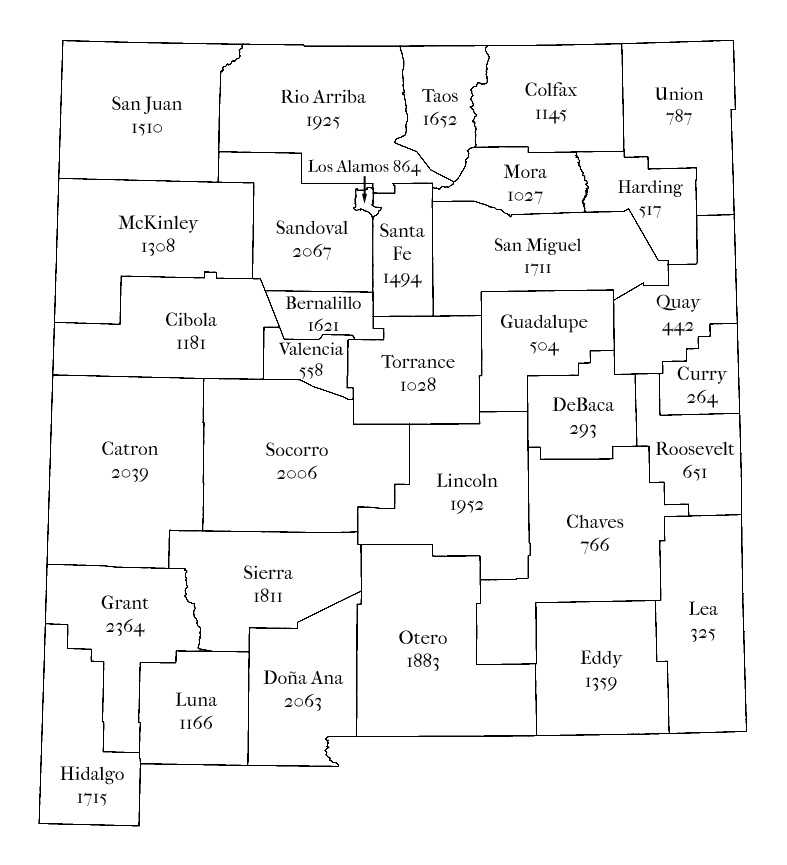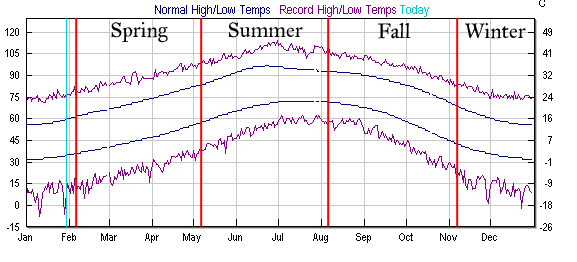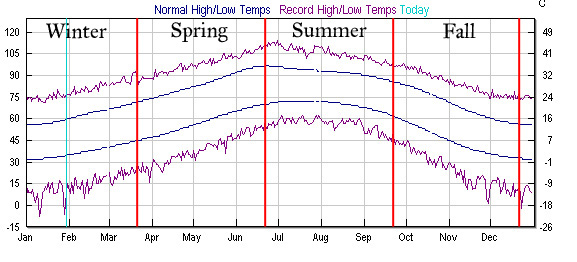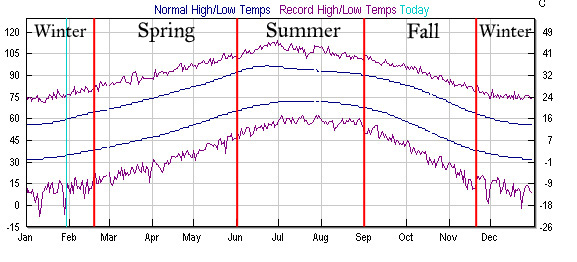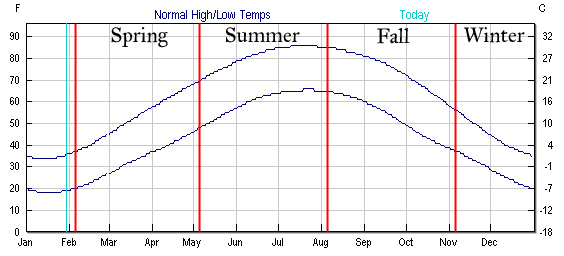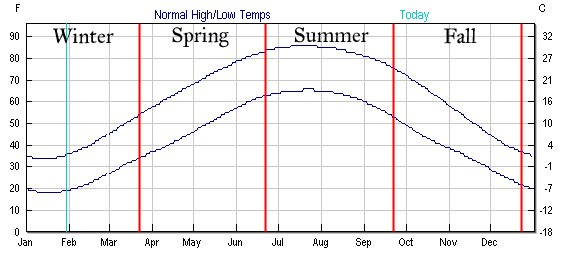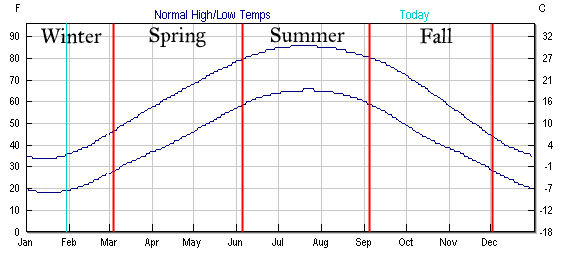Another old post, from 19 Jul 2007.
Now, there’s nothing some scientists like better than pointing out the gaping flaws in the work of others. I happen to be one of those scientists, and, with that in mind, here are my thoughts on a recent paper by E.B. Rosenblum: Convergent Evolution and Divergent Selection: Lizards at the White Sands Ecotone. First, a brief summary, taken from portions of the abstract:
“Three lizard species [Aspidoscelis inornata, Holbrookia maculata, and Sceloporus undulatus], distributed along a dramatic environmental gradient in substrate color, display convergent adaptation of blanched coloration on the gypsum dunes of White Sands National Monument.” … “I find species differences in degree of background matching and in genetic connectivity of populations across the ecotone. Differences among species in phenotypic response to selection scale precisely to levels of genetic isolation. Species with higher levels of gene flow across the ecotone exhibit less dramatic responses to selection. Results also reveal a strong signal of ecologically mediated divergence for White Sands lizards. For all species, phenotypic variation is better explained by habitat similarity than genetic similarity. Convergent evolution of blanched coloration at White Sands clearly reflects the action of strong divergent selection; however, adaptive response appears to be modulated by gene flow and demographic history and can be predicted by divergence-with-gene-flow models.”
The problems in this study show the importance of basic biology & knowledge of ecology. First off, this is based on mitochondrial DNA and the results show higher gene flow between sample sites for the teiid Aspidoscelis inornata than the two phrynosomatid species, Holbrookia inornata and Sceloporus undulatus. Mitochondrial DNA is, however, a biased marker; since it shows only matrilineal relationships, it will consistently underestimate gene-flow in species with male-biased dispersal. Not a terribly good choice, then, but perhaps defensible because it is far easier to work with than any of the alternatives; however, the deficiencies need to be addressed and they aren’t. Most lizards, including phrynosomatids, do have male-biased dispersal; but teiid lizards don’t. So we would expect that, even under similar patterns of overall gene flow, phrynosomatids should show more geographic structure than teiids because of differences in sex-biased dispersal.
Second, differences in microhabitat use & behavior, although mentioned, are given short shrift. From the paper:
“A previous study comparing activity patterns between H. maculata and S. undulatus at White Sands found that H. maculata spent more time in open areas and was less closely associated with vegetation than S. undulatus (Hager 2001a).” … “Therefore, it is plausible that H. maculata is more visible to predators and that selection pressure for substrate matching is higher in this species.”
This is an important point. If we want to look at background matching, we need to measure the backgrounds relevant for the lizards. A lizard that spends a lot of its time under bushes needs to be cryptic under bushes, not merely on open sand; even if it matches its background just as well as a lizard spending most of its time on open sand, it will be darker and more strongly patterned. And, guess what, the species that spends most of its time on sand, Holbrookia maculata, is indeed lighter and less-patterned than the other two, and so the observed results fit perfectly with expectations based on what we know of the ecology of these lizards. Moreover, ordering of taxa in order of brightness is the same on White Sands and off: Holbrookia maculata is always brightest, Aspidoscelis inornata is always darkest, and Sceloporus undulatus is always intermediate–a good indication that something more than different facility in matching White Sands substrates is going on. But an important role for microhabitat use and behavior is rejected for, so far as I can tell, no particularly good reason.
A third, and related, problem is poor knowledge of White Sands:
“Second, intermediately colored S. undulatus [and A. inornata!] could be locally adapted to the intermediate substrate color at the margin of the dune field. However, in contrast to the large expanse of pure gypsum habitat, the band of intermediately colored ecotonal substrate is extremely narrow, often only meters wide. Given the likelihood of gene flow across the ecotone in this species and the restricted area of the ecotone, natural selection would need to be implausibly strong to provide an adaptive explanation for maintenance of intermediate color morphs.”
I’ve spent some time wandering White Sands. The basic situation is this: there’s a large active dune field with very white sand and small, slightly darker interdunal areas; to the west of this area there are flat, crusty, white, alkali flats; to the north, east, and south, the dunes get progressively smaller, narrower, more vegetated, and slightly darker in color while the interdunes get much larger and significantly darker. These large interdunes toward the edge of the dune area are a major portion of the White Sands area, and are intermediate in color between the active dune field and the soil of the surrounding flats of Tularosa Basin. The “extremely narrow” ecotone is exactly what you see along the road at White Sands National Monument in the area of the Big Dunes Trail, one of E.B. Rosenblum’s collection sites, but it is not at all an accurate representation of the situation otherwise. Importantly, Aspidoscelis inornata is very abundant in these large interdunal areas, whereas Holbrookia maculata is not (I haven’t seen enough Sceloporus undulatus, OTOH, to have any idea of their distribution). This comes back to the point above: what background is relevant to the lizards? This is determined by behavior and abundance across habitat types and cannot be estimated by simply choosing a half-dozen sites, treating them as monoliths, and seeing how well the lizards at each site match open soil or sand.
And then we have another problem: phenotypic plasticity. We don’t know whether or not color differences between White Sands and other populations of these lizards are heritable, and we do know that most lizards, including phrynosomatids, have some level of plasticity in coloration. For instance, a 1958 study by R.E. Bundy & J. Neess suggests that the major factor in background matching by the phrynosomatid Phrynosoma modesta is plasticity.
And now we’re down to nit-picking. There are more than three lizards with light-colored populations on White Sands, but the “other two” are never mentioned: Phrynosoma cornuta and Uta stansburiana. I wouldn’t bother mentioning this, except that E.B. Rosenblum says: “In this study, I ask how the complete lizard fauna at White Sands has responded to natural selection across a common ecotone.” No, this study examines how 3/5 of the lizard fauna at White Sands responds to selection.
In conclusion:
1. The genetic markers used do not provide a neutral estimate of gene flow, and this bias, although fundamental in interpretation of the results, is ignored.
2. Alternative explanations that fit the data at least as well as the preferred hypothesis, that gene flow limits crypsis, are rejected either without good cause or due to poor knowledge of the area.

